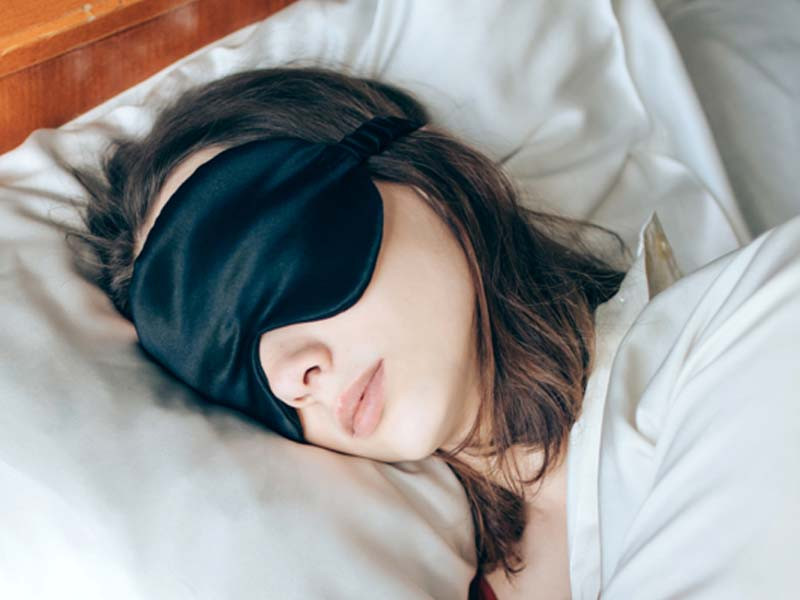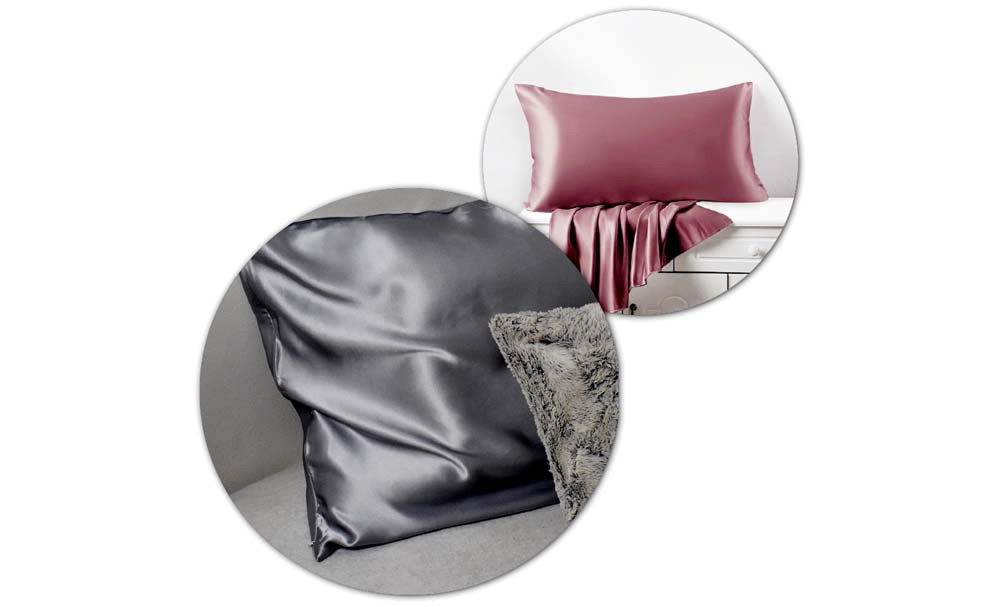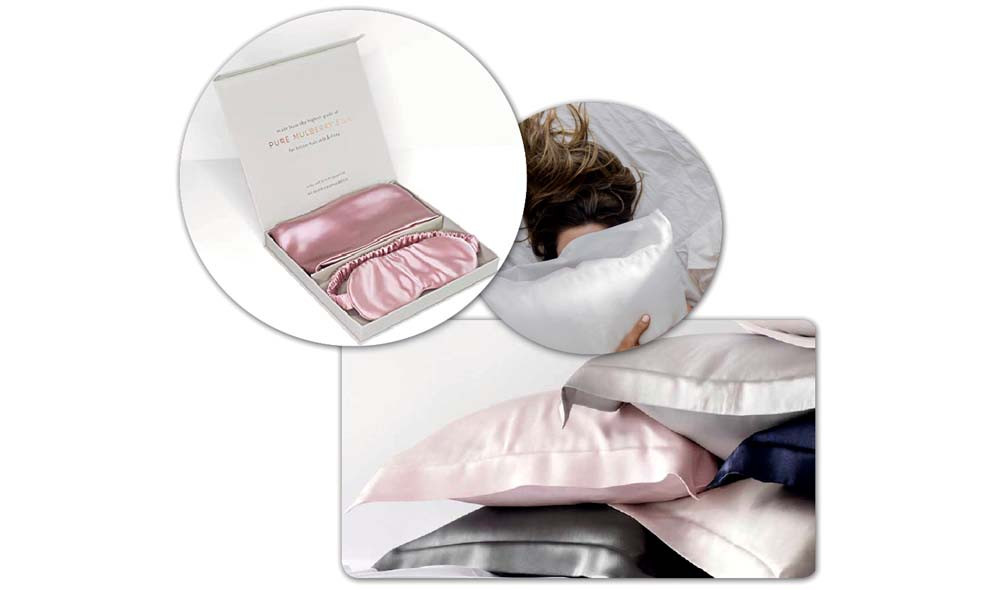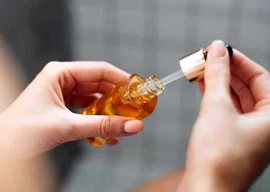
Have you ever wondered why, even after following a proper skincare routine you’re still getting acne or even after numerous nourishing treatments your hair feels brittle and dry? Your pillow could be to blame for all these concerns. We know that a good beauty sleep can make us look and feel rejuvenated, but a pillowcase swap can be the secret to waking up with clearer, smoother skin and lustrous locks.
Silk pillowcases have become the latest must-have beauty tool. Celebrities use them, hair stylists recommend them and they have been embraced by the beauty and wellness industries and credited with benefits like smooth, shiny hair and wrinkle-free, supple skin.
Here’s a list of all the wonders luxe-feeling pillowcases can do for your skin and hair.

Frizz protection
Since silk is a smooth fabric, it doesn’t rough up the hair cuticle as a regular pillowcase might. The hair glides over the silk without any friction which means you’ll be less likely to wake up with frizzy hair, tangles, or bedhead, whereas cotton can catch hair and rough it up into a nest of tangles overnight. Sleeping on silk is a secret that women with textured and curly hair have been using for years to keep styles like braids and blowouts preserved for longer without adding frizz. If your hair is fine, dry, or prone to tangling, the silkiness of a satin pillowcase means no more waking up with a bad hair day.
Less chance of hair breakage
Fine-haired folks or those experiencing hair loss, this is for you. Less friction and tugging from a satin pillowcase can lead to fewer broken hairs. Also not having to brush through tangles the first thing in the morning will also help reduce breakage. The slippery smooth texture of silk will prevent tangles and frizz, but it can’t prevent hair breakage and damage altogether. Instead, deep conditioner and getting regular trims to prevent split ends all you can do is to invest in a silk pillow and save some money.
Your hair will stay hydrated
Silk and satin are less drying than cotton, making it easier to maintain your hair’s moisture, according to numerous hairstylists. As silk pillowcases help with less brittle hair it can also keep your hair hydrated for longer. Cotton is more absorbent than silk, so traditional pillowcases absorb moisture from your hair, while silk leaves that hydration right where it belongs: in your hair. That means if you suffer from dry strands or a flaky scalp, a silk pillowcase will be a godsend.
Fewer skin wrinkles
Simple as that, a slippery surface results in fewer creases on our face. Those pillow lines usually diminish after you get up, but there’s research that, over time, skin stretching and pulling that happens overnight can contribute to permanent sleep wrinkles. The smooth surface of a silk pillowcase with very little friction means less tugging on the skin than with a traditional cotton pillowcase which can directly mean less damage to the skin. Studies show that friction from tossing and turning causes creases in the skin, but a silky smooth surface can reduce that effect in the long run.

They may help retain your skin’s moisture
If you have dry skin, a satin pillowcase may help. As it is beneficial for your hair to keep moisture, silk pillowcases can provide the same benefits for your skin as well. As compared to traditional cotton, silk makes it easier to maintain the skin’s hydration. Thanks to that super-smooth texture, this is actually true. Silk’s smoothness means it’s less likely to absorb moisture from the skin. This pillowcase can keep skin nice and hydrated without zapping it off valuable moisture. That makes silk pillowcases great for anyone with dry skin or for use in dry winter months.
Silk pillowcases can help acne
Many people believe that sleeping on a smoother surface, like satin or silk, can help if you have acne. The possible reasoning can be that less friction from your pillowcase results in less irritation. The friction from cotton on pimple-prone skin can create more inflammation, making acne worse. However, some of the silk’s hypoallergenic properties include a natural resistance to dust mites, fungus and mould, in addition to many other allergens which can help to prevent future breakouts.

1732274008-0/Ariana-Grande-and-Kristin-Chenoweth-(1)1732274008-0-165x106.webp)


















COMMENTS
Comments are moderated and generally will be posted if they are on-topic and not abusive.
For more information, please see our Comments FAQ